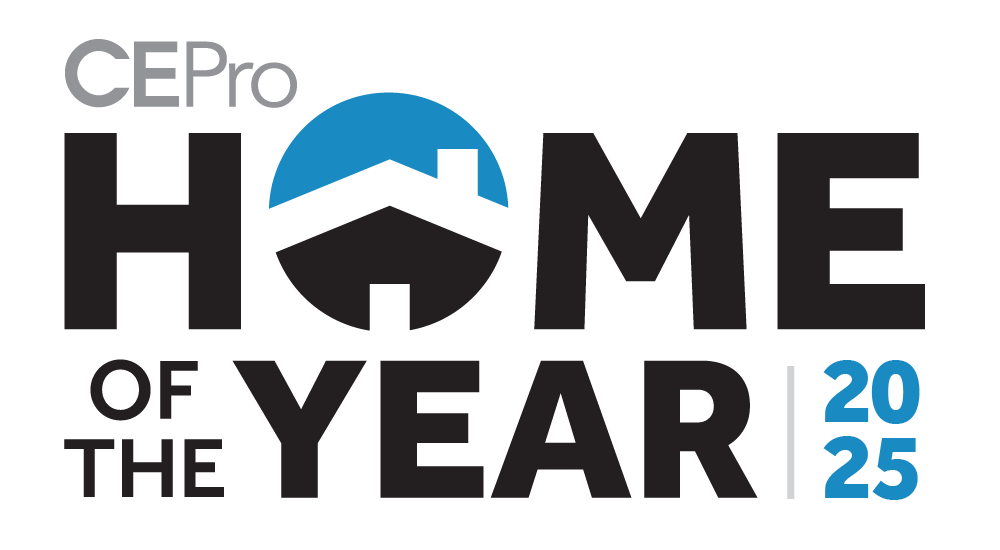The average connected household, now with 22 IoT devices, is under constant cyber assault, facing nearly 30 attacks every 24 hours, according to a new report on the 2025 IoT security landscape from NETGEAR and cybersecurity firm Bitdefender. The findings paint a picture of an increasingly hostile smart home environment where consumer electronics have become primary targets for large-scale botnets, data breaches, and network disruption.
The report, analyzed data from 6.1 million households and 13.6 billion IoT attacks, highlighting a significant shift in the threat landscape. Residential networks are no longer just peripheral targets but are now central to global cybercrime operations, underscoring the critical role of professional integrators in deploying and securing these complex ecosystems.
Streaming Devices and TVs Are Top Targets
While integrators often focus on securing core network hardware, the report indicates that the greatest cybersecurity vulnerabilities in smart homes lie in entertainment and surveillance equipment. Streaming devices were found to be the most vulnerable category, accounting for over 25% of all detected security flaws. Smart TVs followed closely at 21%, with IP cameras making up another 8%.
These devices, often running on outdated or unpatched firmware based on Linux or Android, are prime targets for exploitation. The report details how attackers favor fresh Linux kernel vulnerabilities, which can be weaponized quickly before manufacturers release patches. This creates a persistent window of opportunity for compromising entire product lines that share common software components.
The analysis points to a firmware supply chain in crisis, where vulnerabilities are inherited upstream and baked into products before they even ship. This was exemplified by the “BadBOX” malware campaign, which the FBI warned about earlier this year. Malicious firmware was pre-installed on over 20 Android-based streaming devices, turning them into residential proxies for ad fraud and other criminal activities the moment they were unboxed.
From DDoS Attacks to Privacy Breaches
The consequences of this insecurity were starkly illustrated throughout 2025. The report cites several notable smart home cybersecurity incidents:
- Record-Breaking DDoS: A massive 22.2 terabit-per-second (Tbps) distributed denial-of-service attack was fueled by a botnet of compromised routers and IoT devices, demonstrating how residential hardware can be weaponized to disrupt core internet infrastructure.
- Privacy Violations: In Italy, attackers exploited insecure IP cameras to stream footage from private homes and retail fitting rooms across Telegram, turning a common security flaw into a large-scale voyeurism operation.
- New Botnets: The emergence of botnets like PUMABOT and AISURU, which enslave hundreds of thousands of routers and Linux-based devices, signals a growing trend of automated, high-volume attacks.
- Actively Exploited Flaws: CISA (U.S. Cybersecurity and Infrastructure Security Agency) added multiple D-Link and Edimax IP camera vulnerabilities to its Known Exploited Vulnerabilities (KEV) catalog, confirming they are being actively used in real-world attacks.
The dominant attack method remains automated scanning, which accounts for over 93% of blocked events. This constant, ambient probing for open ports and weak credentials means any device exposed to the internet is immediately tested for weaknesses.
What Integrators Can Do Now
For custom integrators, these findings reinforce the need for a security-first approach that extends beyond the network rack. The report’s data suggests that relying on default settings or manufacturer promises is no longer sufficient.
To protect clients and mitigate liability, smart home professionals should consider the following cybersecurity actions:
- Conduct a Full Device Inventory: You cannot secure what you do not know exists. Maintain a complete inventory of every IP-connected device on a client’s network.
- Implement Network Segmentation: Isolate vulnerable IoT devices, such as cameras, smart plugs, and entertainment systems, on a separate VLAN or guest network to prevent them from accessing sensitive personal devices like laptops and phones.
- Standardize on Secure Routers: Deploy professional-grade routers that offer built-in security features, threat intelligence feeds, and automated blocking of malicious traffic.
- Establish a Patching Policy: Work with clients to ensure a process is in place for applying firmware updates as soon as they become available, especially for high-risk devices.
- Enhance Privacy Practices: Disable unnecessary features, change all default passwords, and educate clients on the data collection practices of the devices being installed in their homes.














